Transurethral Resection of The Prostate (TURP)
This information answers some of the questions you may have about having transurethral resection of a bladder tumour (TURP).
What is TURP?
This explains the risks and the benefits of the procedure and what you can expect when you come to hospital. If you have any questions or concerns, please speak to the doctors or nurses caring for you. A transurethral resection of prostate (TURP)
is an operation to remove the central part of the prostate which is causing obstruction to your urinary tract. The aim is to improve your urinary flow and bladder emptying.
Patients who have lower urinary tract symptoms associated with poor emptying of the bladder (poor flow, incomplete emptying) due to an enlarged prostate may benefit from having a TURP.
Procedure details
Patients who have lower urinary tract symptoms associated with poor emptying of the bladder (poor flow, incomplete emptying) due to an enlarged prostate may benefit from having a TURP. Benign enlargement of the prostate is common as men get older.
Symptoms you may experience if you have an enlarged prostate are:
- Needing to go to the toilet more frequently and needing to go at night
- Having to strain to pass urine
- Needing to pass urine urgently
- A slow or weak stream
A TURP operation is suitable for men if the obstruction is because of prostate enlargement and:
- Your bladder is incompletely emptying and you are getting infections of the remaining urine
- You stop passing urine altogether (acute retention of urine)
- Your symptoms are very bothersome despite having medical management
- You have bladder stones because the bladder is not emptying properly
- About 40,000 of these operations are done each year in the UK.
Alternatives include medical treatment, catheter use, an open prostatectomy, laser enucleation of the prostate or urolift. What is suitable for you depends on the size of your prostate and your overall health.
To improve the urinary flow and bladder emptying. The tissue removed is also sent to the laboratory to be examined under the microscope.
Common side effects (more than 1 in 10 chance):
- Mild burning or bleeding. This is normal – see our advice on page 4.
- Blood clots in your bladder and urethra. This is normal and you will need a temporary catheter to flush out your bladder
- Dry ejaculation at orgasm. This occurs in 75% of men undergoing a TURP (called retrograde ejaculation). The semen is still produced but may go into your bladder rather than out of your penis. When you first urinate after a dry orgasm your urine is likely to be cloudy as it contains semen.
- Poor quality erections (10%)
- Infection of the bladder or kidneys.
- The need for further resection or procedures to manage narrowing of the waterpipe (urethra) in the future.
Less common but more serious complications include:
- Finding unsuspected cancer in the removed tissue which may lead to further treatment.
- The possibility of needing to self catheterise.
- Incontinence which may be temporary or permanent (4%).
Straight afterwards you may feel tired, dizzy or weak. You must have someone to collect you and stay with you for the first 24 hours.
During the first 24 hours you should not:
- Drive or operate any motorised vehicle or electrical equipment
- Sign any legal documents or make important decisions
- Drink alcohol.
You may feel weak or dizzy at times during the first 7-10 days. If this happens, sit down until the feeling passes. You may also have the ‘post-operative blues’ and feel a little depressed. If any of these symptoms do not go away, please contact your GP for help and advice.
Arranging the date for your operation
Our Patient Coordinator will contact you to arrange a mutually convenient date for the surgery which will be performed at either the Spire or Nuffield Hospital.
We will then contact the hospital, who process the booking and will contact you to offer a date for pre-op assessment.
Pre-assessment clinic: At your pre-assessment, a nurse will take your medical history, explain the type of anaesthetic you will have (a spinal or general anaesthetic) and what to expect after surgery. They will also answer any questions you may have. Please bring with you details of any medication you are taking or the medicines themselves. Also let the nurse know if you are allergic to any medicines, tablets or plasters. You will have some screening tests. These may include checking your blood pressure, taking a blood sample or having an
electrocardiogram (ECG) to check your heart.
The nurse will be able to confirm that you are medically fit for your operation as a daycase procedure or as an overnight stay.
We will give you a general or spinal anaesthetic. During the operation, the surgeon will put a telescopic instrument called a resectoscope into your urethra (the tube through which you pass urine) and up into your bladder. If your urethra is too narrow, they will gently insert small instruments called dilators to gradually widen the opening.
Your surgeon will inject salt water (saline) through the resectoscope to help expand your urethra and allow them to get a clear view. Using a diathermy loop down the resectoscope, fragments of the central part of the prostate are removed. These fragments are sent for analysis. A catheter is placed at the end of the operation. You may also have a bag of fluid attached to the catheter bag to flush any blood clots away.
On average the procedure takes between 45 minutes and 1 hour.
As you had a general/spinal anaesthetic you will go to the recovery area in the theatre department because you will need time to recover. If you are a day case patient, you will need a relative, friend or carer who can escort you home and stay with you for the first 24 hours after your procedure. Please let them know that they may have to wait for you if you are not ready to leave.
You will have a urinary catheter left in your bladder after your operation. This is a flexible tube that drains your urine into a bag outside your body. The catheter may also be used to flush out your bladder and wash away any blood clots after surgery. This means you will have a bag of salt solution connected to the catheter which will flow into your bladder. This irrigation will be stopped once your urine runs clear. You may need to have the catheter in anywhere from 2-10 days, depending on what happens during the operation. For most people it is 1-5 days. Before you leave hospital, you will be given a date to return to hospital for the removal of your catheter. Our nurses will explain how to care for it and when and where to return to have it removed. You will be able to go home on the same day once you have fully recovered. You will be given a date and location to return to have the catheter removed.
You may want to go to the loo more often for a while after the catheter is removed. You may also find it quite sore and/painful the first few times that you go. This is normal. It may make several weeks for these symptoms to settle.
You may pass some blood or small clots in your urine for 10 –14days after your operation. This is normal. Drink plenty of fluids (not alcoholic) to help wash away the blood and ease any soreness.
You will usually be able to go home on the same day after your procedure. We advise you to:
- Speak to your doctor about how much time you will need off work after your operation. This will depend on how quickly you recover and the type of work you do. You usually need to take about two weeks off, but if your job involves lifting or heavy work, you may need to be away from work for three – four weeks.
- Start gentle exercises about a week after your surgery. But please do not do anything too energetic for a month, such as playing contact sports like rugby.
- Avoid driving again until you feel comfortable and can do an emergency stop. Please check with your insurance provider before starting to drive again.
- We may give you antibiotics to prevent you from developing an infection after your operation. Please make sure you take the whole course.
The tissue removed at the time of the TURP will be analysed in the lab and we will review these results. We will write a letter to you with these results. If prostate cancer has been detected we will arrange to see you to discuss treatment options. We may follow you up to see how your symptoms are after the operation and this will be requested by the operating surgeon.





